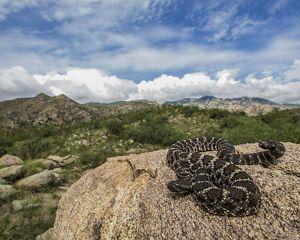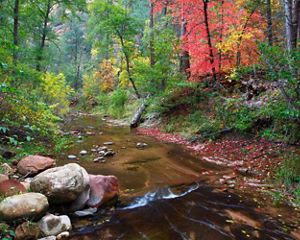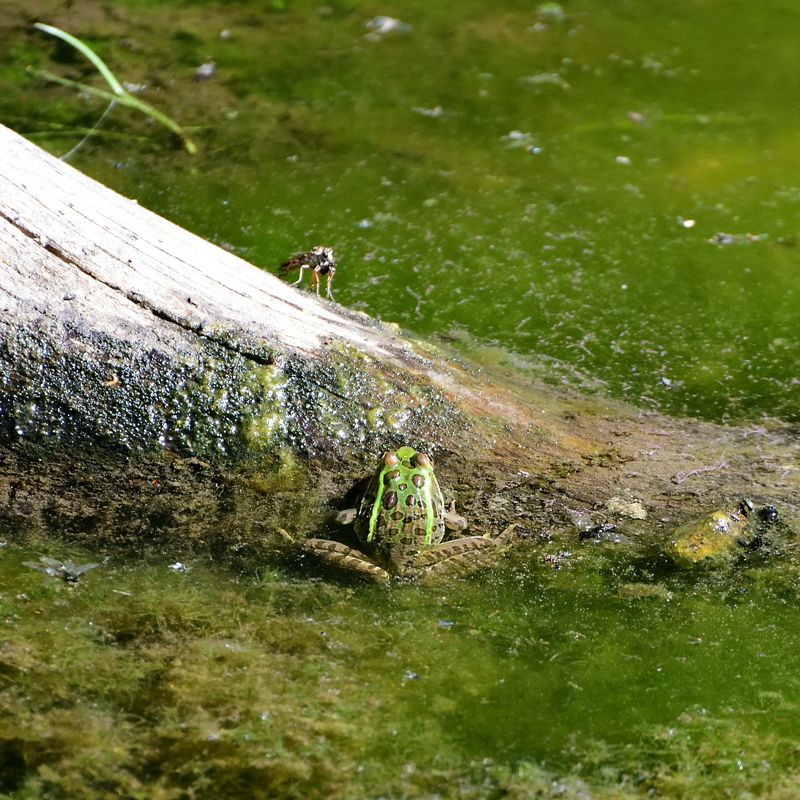
Wildlife Across Arizona
Here are 6 magnificent species that are making a comeback, thanks to TNC’s legacy of safeguarding and restoring vital landscapes.
From the verdant oasis of Aravaipa Canyon to the towering ponderosa pines, we're working to protect and restore habitats for Arizona’s amazing wildlife.
Keep in Touch!
Sign up to receive monthly updates from Arizona and beyond.
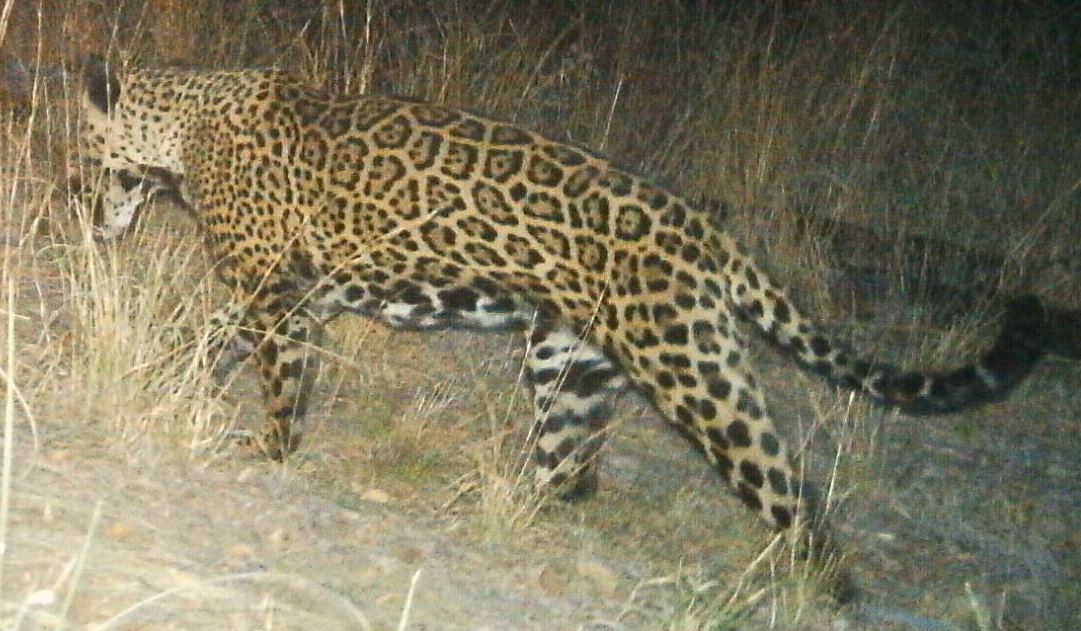
2. Lesser Long-Nosed Bats
(Leptonycteris yerbabuenae)

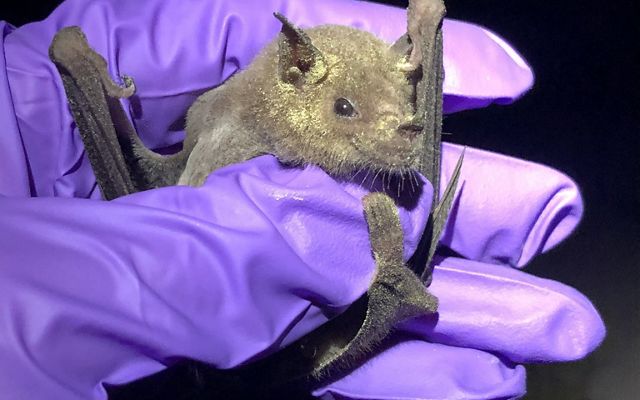
A conservation success story, the lesser long-nosed bat was listed as federally endangered in 1988 and 30 years later became the first bat to be de-listed due to population recovery. Ramsey Canyon supports a large biodiversity of nocturnal nectarivores, as it is at the northern distribution of the bat’s migration route, which follows a nectar corridor that covers 1,200 kilometers from southern Mexico to southern Arizona and New Mexico. Ramsey Canyon Preserve supplies critical food sources for the bats: nocturnal blooming plants like agave and hummingbird feeders as a backup food source during times of drought.
In 2023, an international study to better understand how the populations, activity and movement patterns of nectar bats are affected by food availability was conducted at Ramsey Canyon, and over a six-week period, the team studied nine lesser long-nosed bats and 19 endangered Mexican long-tongued bats. The preserve not only provides a safe and diverse habitat for nectar-feeding bats, contributing to bat conservation, but also serves as a long-term monitoring site for additional bat species.
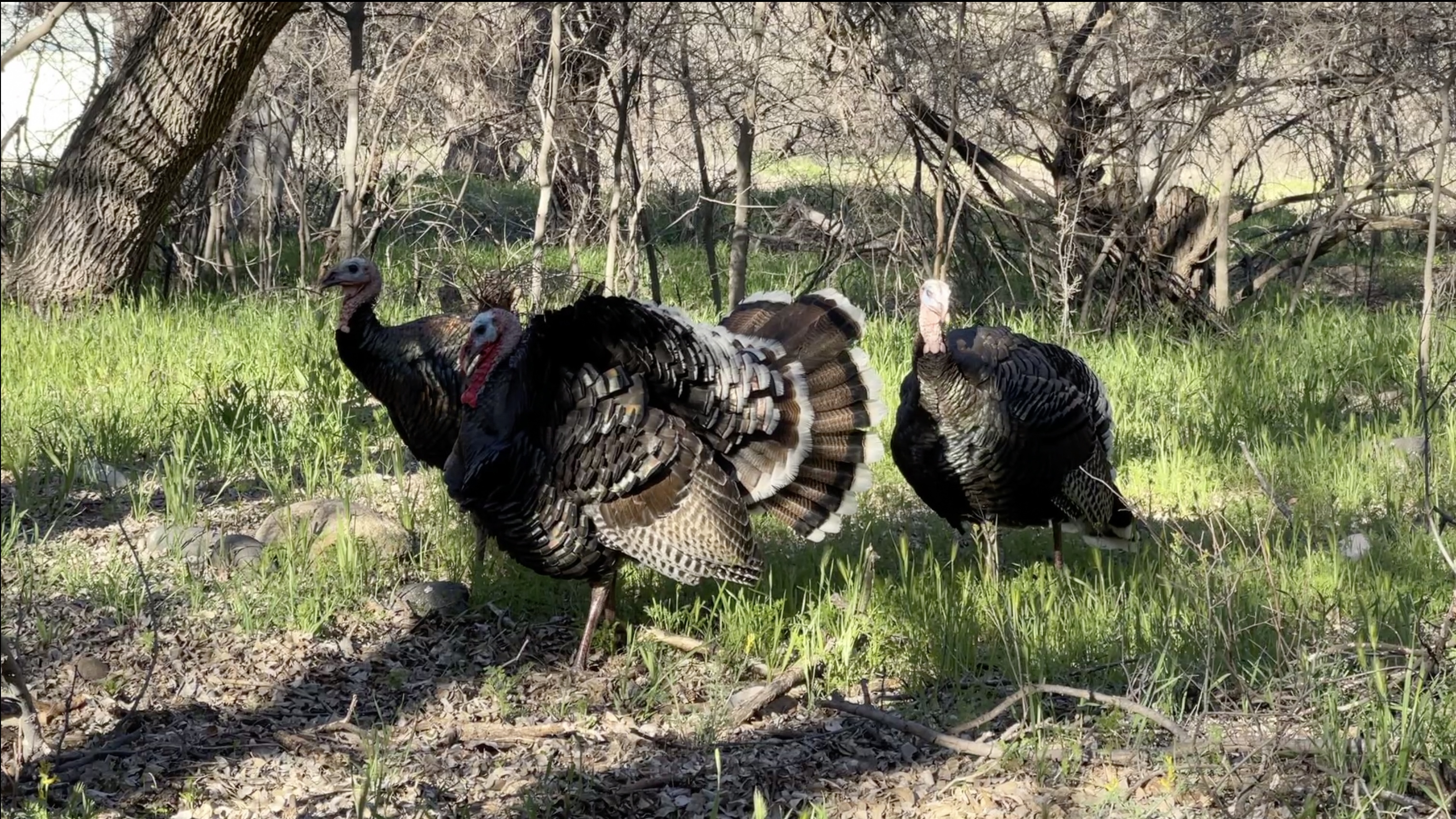
4. Chiricahua Leopard Frog
(Rana chiricahuensis)

This native Arizona frog is a federally threatened species, with their population reduced due to disease, habitat loss and competition from invasive bullfrogs. Fortunately, The Nature Conservancy's restoration efforts have allowed the Chiricahua leopard frog to once again call Ramsey Canyon Preserve home.
In the early 2000s and again in 2017, The Nature Conservancy, the Arizona Game & Fish Department and the Coronado National Forest collaborated to build several sets of ponds on the preserve in order to reintroduce the frogs by dropping egg masses. The ponds protect the frogs from the effects of drought as they were constructed to maintain water levels from wells during dry conditions. In the future, the preserve ponds could be a source for Chiricahua leopard frog eggs to introduce to other locations.
The Ramsey Canyon reintroduction has been so successful that when you visit the preserve, you can spot their heads poking out of the water—look closely, though; they sure blend in!
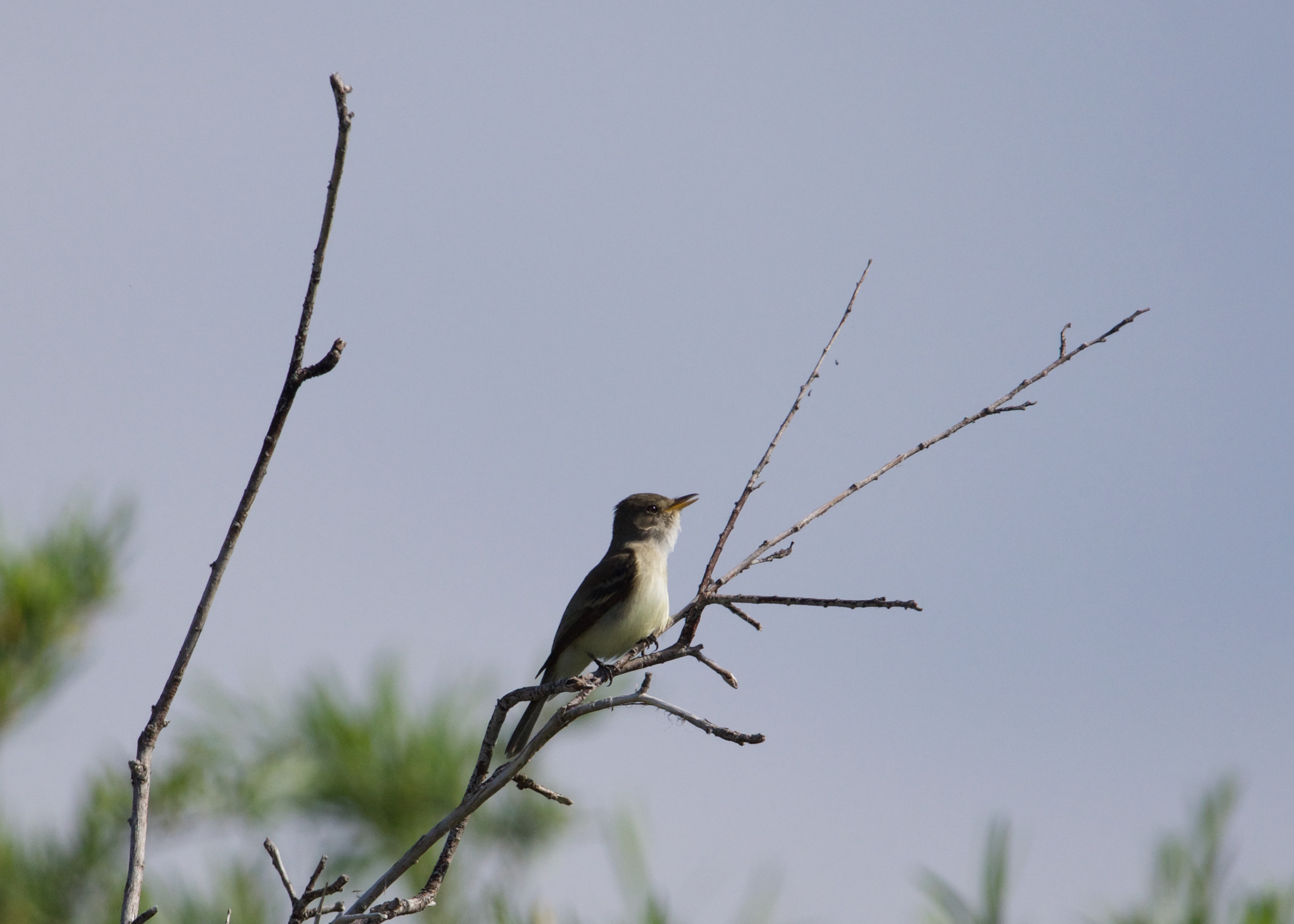
6. Gila Monsters
(Heloderma suspectum)
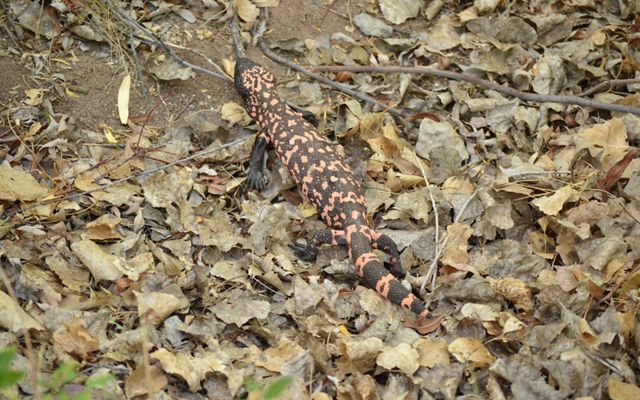

The near-threatened Gila monster was the first venomous animal to be given legal protection in 1952. It is currently against Arizona State law to (or attempt to) harass, harm, pursue, hunt, shoot, wound, kill, trap, capture or collect any Gila monster. At Muleshoe Ranch Preserve, manager Jeff Smith has a Scientific Activity License to legally handle these reptiles for the purpose of population monitoring and submits the data to Arizona Game and Fish’s Heritage database.
One particular Gila monster, dubbed "Helga" because of a marking that resembles a Viking dragon ship, was recorded at Muleshoe Ranch Preserve twice—13 years apart. Observations like this give us an idea of how native wildlife thrives when their habitats are cared for.
Make a Difference in Arizona
Join us in the critically important effort to conserve the lands and waters on which all life depends.
